
When Apple’s market capitalization crossed the $3 trillion mark on June 30, the iPhone maker did something extraordinary. The company reported two consecutive quarters of revenue declines and is forecasting a repeat this quarter. In February, the company missed its revenue target for the first time in nearly seven years. Meanwhile, its much-anticipated Vision Pro glasses won’t hit shelves until 2024, and sales are still uncertain.
Despite the unfavorable circumstances, Apple’s stock has risen 53% in the first half of the year. With a cash surplus and a growing services business, the company has thrived despite rising interest rates. With the worst of the economic downturn seemingly behind it, the American tech giant is poised for a strong recovery.
Of all the factors at play in Apple’s rise, cash is perhaps the most important. As interest rates rise from zero to more than 5%, profits are worth more than empty promises. Apple has amassed more than $100 billion in cash and is using it wisely. In May, it announced a $90 billion stock buyback—its second in two years. It sets it apart from other tech companies struggling with profitability.
Portfolio manager Patrick Burton told Bloomberg that he had never in his career envisioned a company of Apple’s size, nor had he envisioned a company that could generate more than $100 billion in free cash flow in a single year. On June 29, analyst Atif Malik predicted that Apple’s stock price could rise nearly 30% to $240.
To maintain the $3 trillion mark, Apple will have to show sales growth or continue to buy back stock. But it has demonstrated strength in its iPhone and services businesses. Even as Mac sales fell 31% and iPad sales fell nearly 13% in the most recent quarter, iPhone revenue rose 2%, beating expectations by nearly $2.5 billion. Services account for 22% of the company’s total revenue, more than any other product category except the iPhone. With the iPhone 15 on the horizon, a major upgrade cycle could be about to begin.
Apple hit the $3 trillion mark in January 2022, but it didn’t last long. Rising inflation and the Fed signaling a sharp rate hike weighed on risky assets like stocks. Apple also fell victim to the Covid-19 wave, with supply chain disruptions costing it billions of dollars. However, the supply chain is slowly recovering, and the Fed appears to be ending its rate hikes. The near future looks brighter.
For now, Apple is a safe haven for investors who want to park their money regardless of quarterly results. To continue growing, the company will have to prove that its long-term bets — Vision Pro and the car project — are paying off.
(According to Slate)
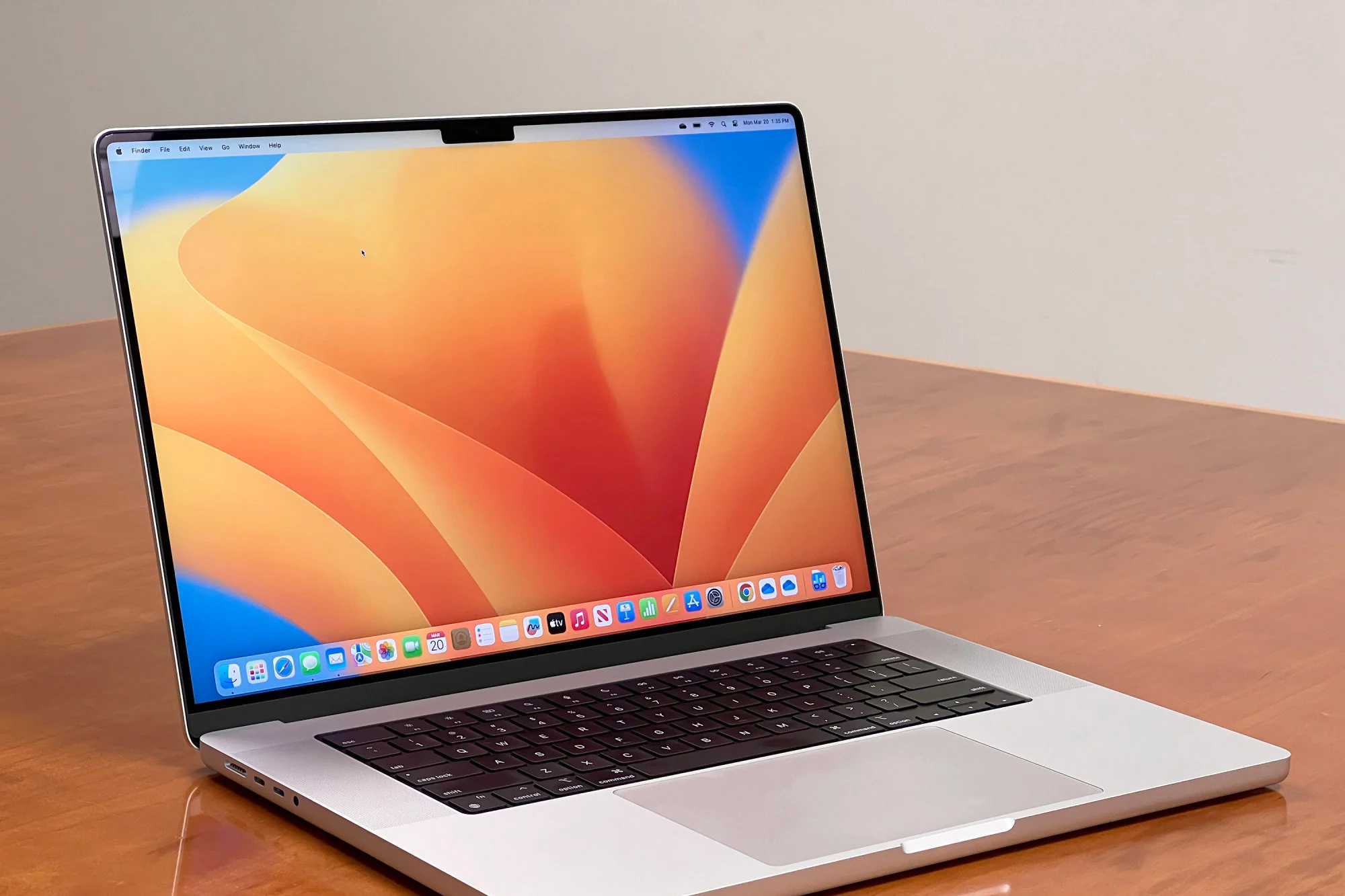
Source






























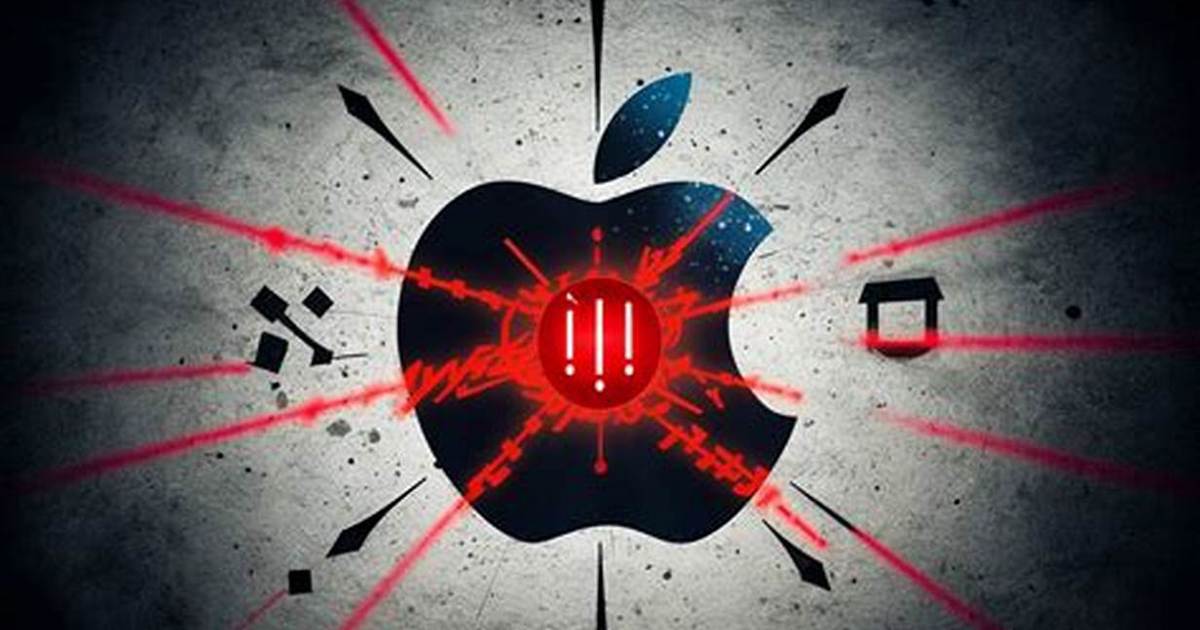

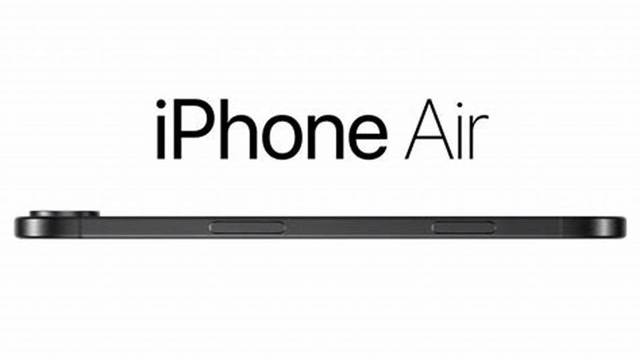
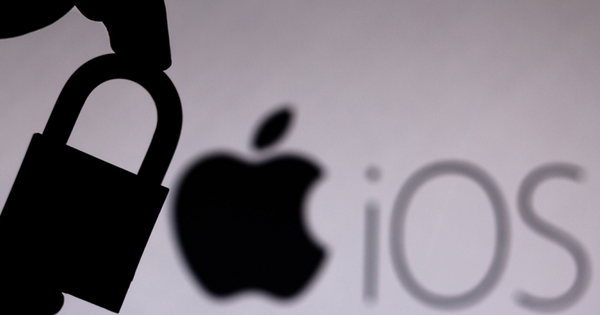


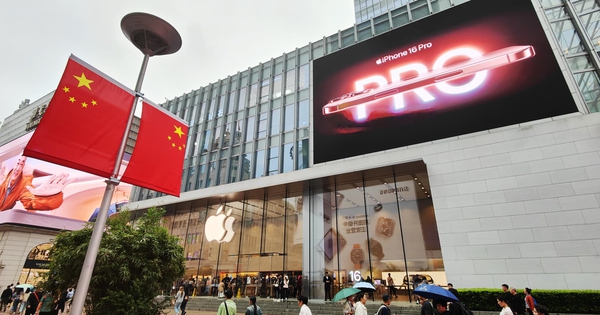


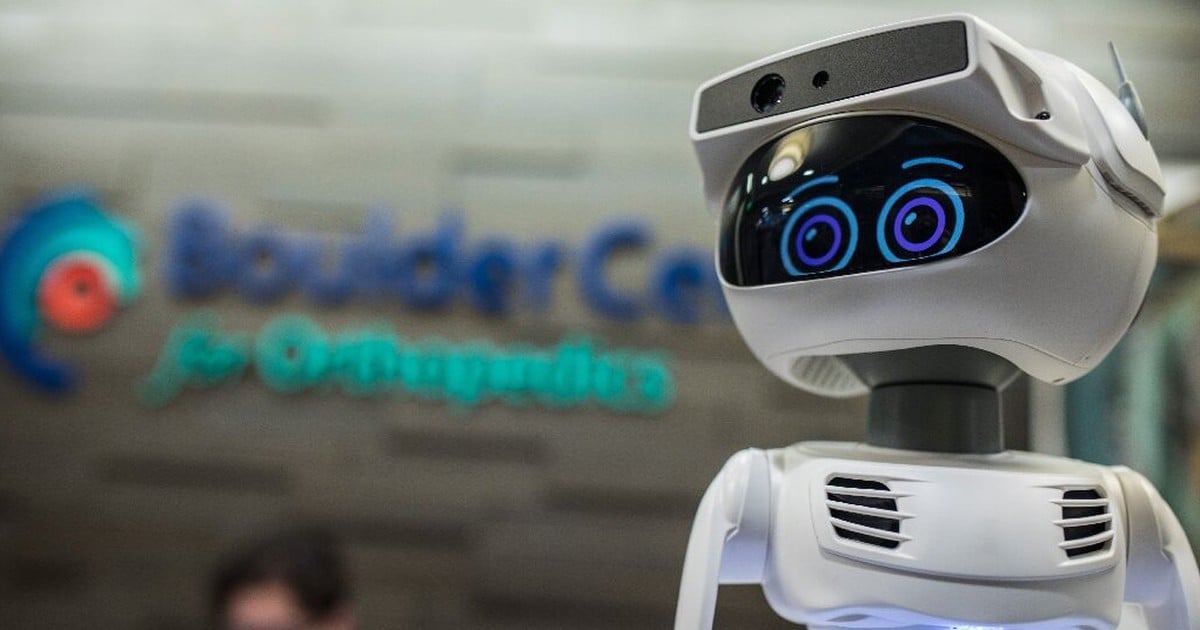
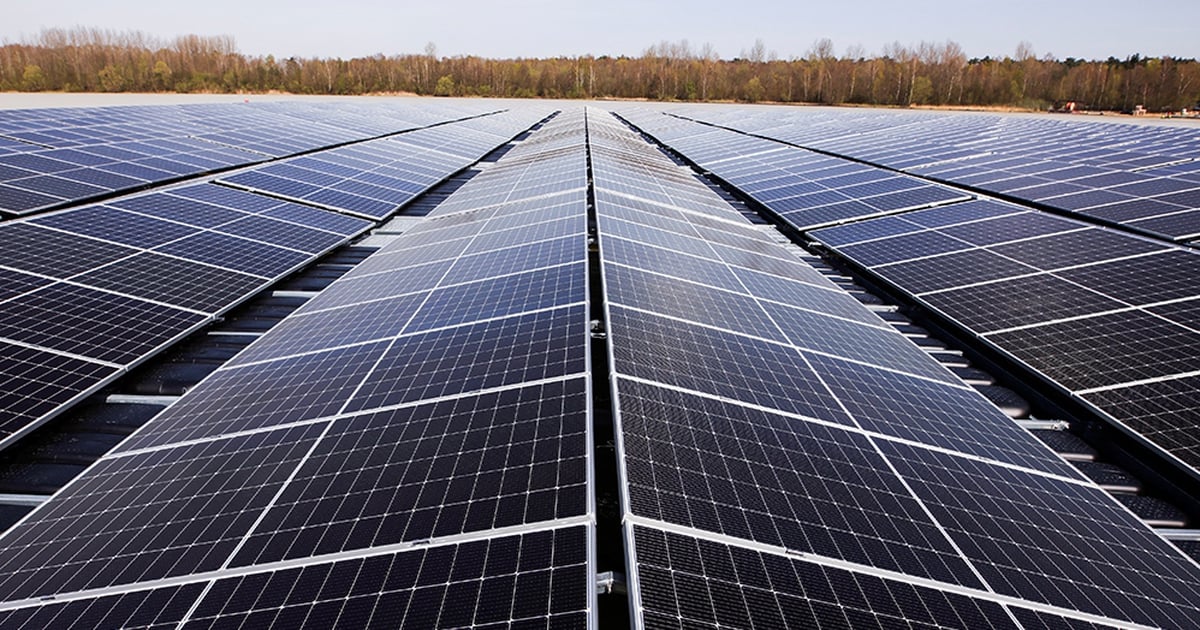



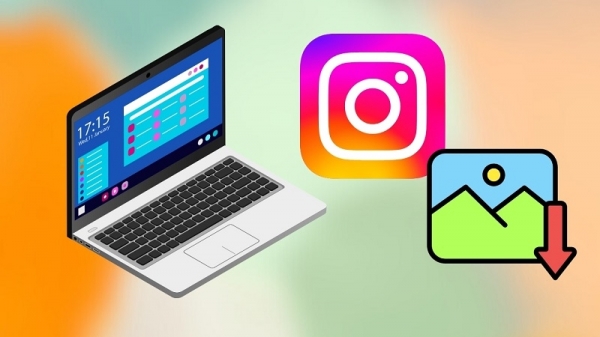
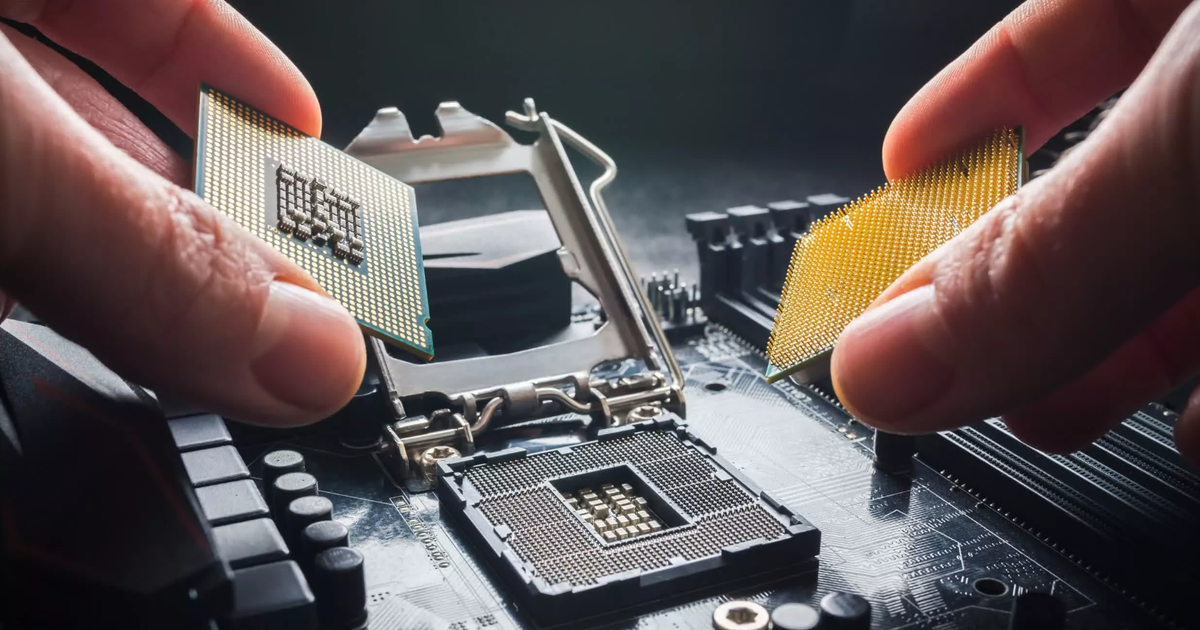

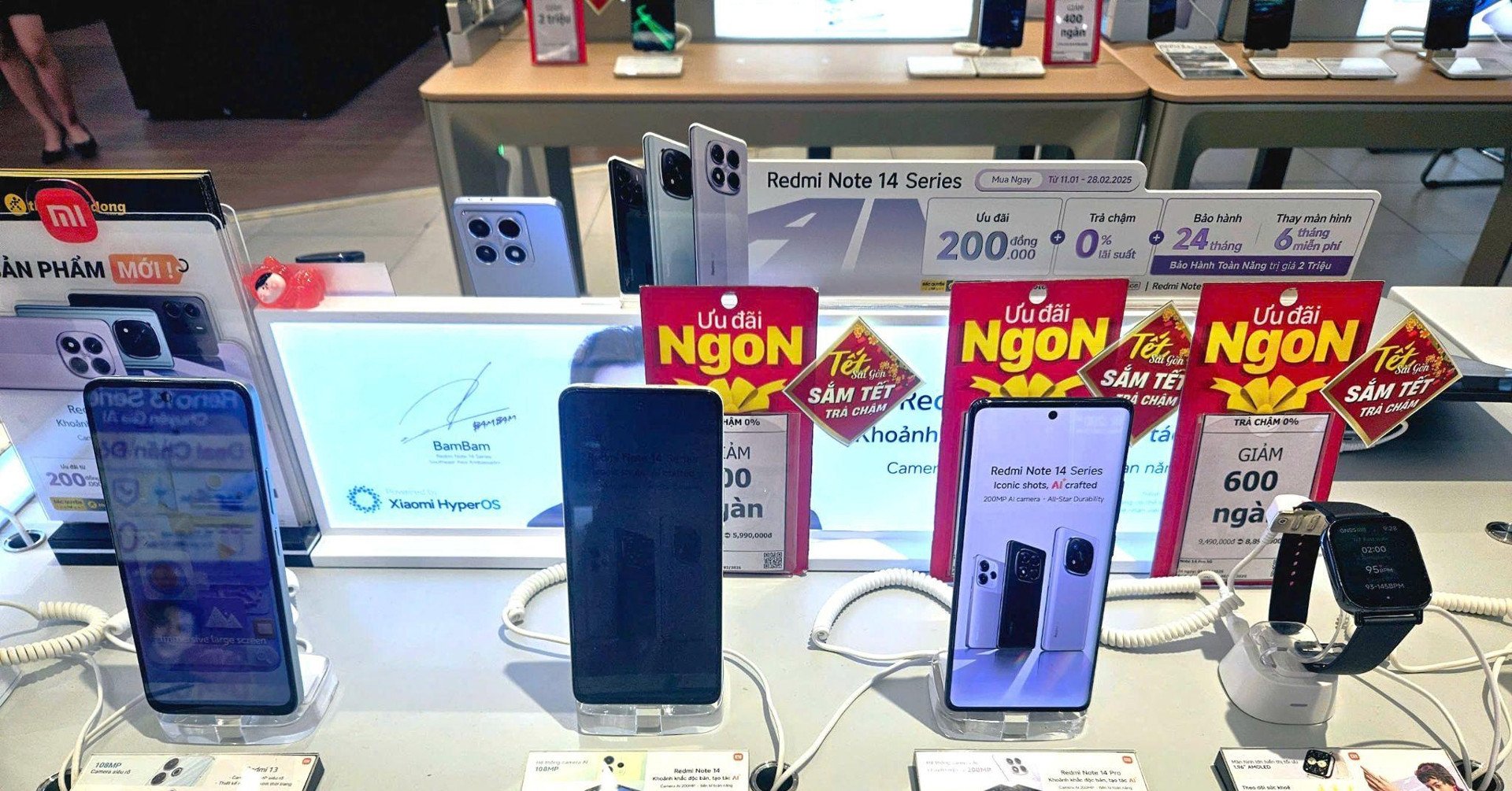



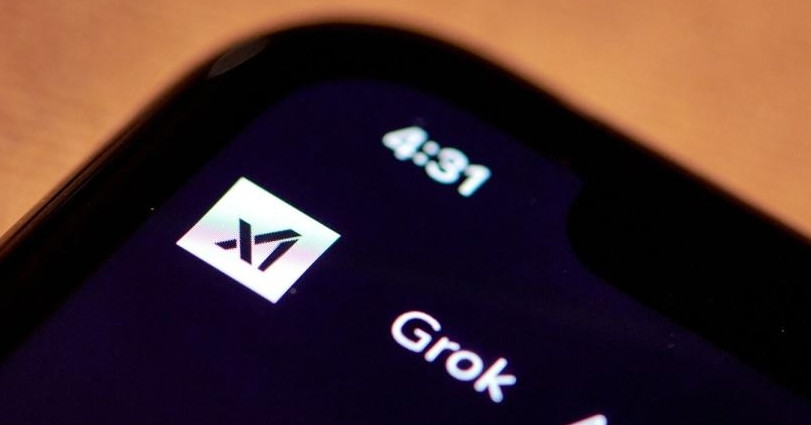













Comment (0)